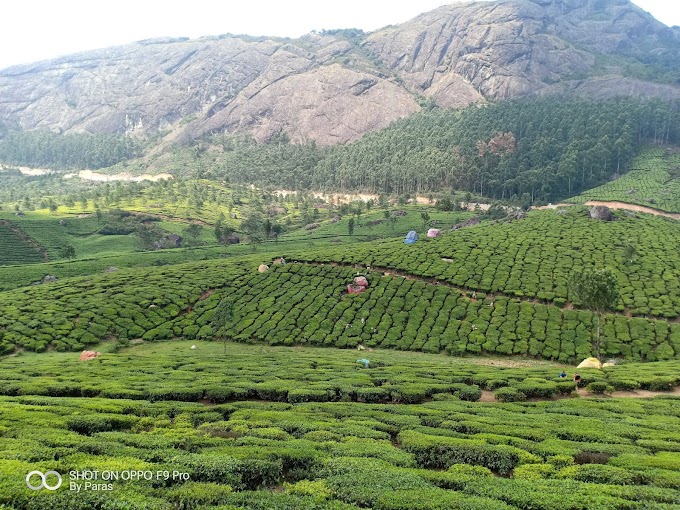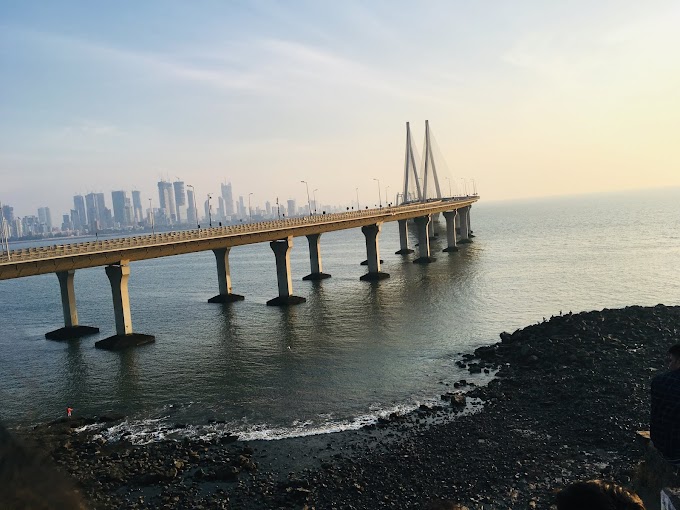Munnar
Munnar is considered one of the best tourist destinations in the world. Greeted by virgin forests, savannahs, rolling hills, scenic valleys, numerous streams, gushing waterfalls, sprawling tea plantations and winding walkways, Munnar is one of the most picturesque locations in the world.
Situated 1600 m above sea level, Munnar was a popular retreat for the British. It has now evolved into a proper tourist town with a number of resorts, hotels and restaurants coming up in the area. It has a host of well-maintained trekking trails and picnic spots. It is also famous for the special Neelakurinji flower that blooms here every 12 years. The hills turn blue and nature lovers come in large numbers to view this natural phenomenon in person.
The Eravikulam National Park is one of the main attractions in Munnar. Visitors get to catch a glimpse of the rare Nilgiri Tahr during certain times of the year along with herds of elephants, sambar and gaur. The climate is perfect for a vacation and walks around the town are extremely refreshing.
Introduction to Munnar Hill Station
Very few people in the world can resist the allure of Munnar's tranquil breeze, row upon row of misty hills, magnificent array of plantations and a rare variety of flora and fauna. What started off as a summer retreat for the colonists has now turned into one among the most picturesque holiday destinations on the planet. This hill station is splattered with the right mix of nature and well-placed resorts, each creating the perfect vibe to simply relax and immerse yourself in the healing embrace of Mother Earth.
Location - Munnar in Kerala
Munnar is the very soul of Idukki district in Kerala. The Munnar region is situated at an altitude of 1500 - 2500 m above sea level where the average rainfall is 275 cm. Anamudi, the highest peak in South India, with a height of 2,695 m is the pride of Munnar.
Reaching Munnar
The State of Kerala, which boasts of three international airports, has an excellent network of roads and railway lines. The nearest airport to Munnar is the Cochin International Airport at a distance of around 119 km. International travellers directly heading to Munnar, usually prefer Ernakulam Town, near the Cochin International Airport, as the starting point for their journey to Munnar.The nearest railhead is Ernakulam Junction, about 120 km away. Public transport services are available to Munnar from almost all major bus stations in the State.
History of Munnar
Modern day Munnar was carved out after a sequence of historic events. It is said that the Muthuvan tribal community were the earliest residents of modern day Munnar. The area was left untouched and unexplored until the latter part of the 19th century when a flurry of plantations came up in the area.
John Daniel Munro introduced the world to Munnar in the 1870s. He came across the place by accident. As the British Resident of Travancore kingdom, he was called in to solve a border dispute between Travancore and its neighbour Madras. He fell in love with this new found area immediately. Though the Munnar region fell under the jurisdiction of the Travancore kingdom, it was the jenmam (birth) land of the Poonjar Royal Family. Since it was a 'jenmam land', the royal family enjoyed absolute powers over the land as the landlord. Munro convinced the royal family to lease the land to him and started transforming the area. Munro formed the North Travancore Land Planting & Agricultural Society in 1879. They started the cultivation of crops, including coffee, cardamom, cinchona and sisal in various parts of the region.
Tea would replace everything else in the region soon enough with A.H. Sharp being the first to do so. Sharp planted tea in around 50 acres of land at Parvathy, which is now part of the Seven Mallay estate. In 1895, Finlay Muir & Company (James Finlay and Company Limited) entered the scene and bought 33 independent estates. The Kannan Devan Hills Produce Company was formed in 1897 to manage these estates.
Disaster struck the area in 1924. The monsoon that year was particularly bad. Heavy landslides and flooding destroyed the terrain. Many lives and property were lost. A lot of effort went into restoring the estates. It took the inhabitants a while to start re-planting the area. The Tata Group entered the area in 1964. They began collaboration with Finlay which resulted in the formation of the Tata-Finlay Group. Tata Tea Ltd. was formed in 1983. In 2005, the Kannan Devan Hills Produce Company Pvt. Ltd. was formed and Tata Tea transferred the ownership of its plantations to the new company.
The tourism industry redefined Munnar in the latter part of the 20th century. Its natural beauty and rare flora and fauna started attracting people in large numbers. A number of hotels and resorts came up and soon, word about Munnar spread across the world. Today it stands at the forefront as one of the most popular tourist hotbeds on the planet.
Disaster struck the area in 1924. The monsoon that year was particularly bad. Heavy landslides and flooding destroyed the terrain. Many lives and property were lost. A lot of effort went into restoring the estates. It took the inhabitants a while to start re-planting the area. The Tata Group entered the area in 1964. They began collaboration with Finlay which resulted in the formation of the Tata-Finlay Group. Tata Tea Ltd. was formed in 1983. In 2005, the Kannan Devan Hills Produce Company Pvt. Ltd. was formed and Tata Tea transferred the ownership of its plantations to the new company.
The tourism industry redefined Munnar in the latter part of the 20th century. Its natural beauty and rare flora and fauna started attracting people in large numbers. A number of hotels and resorts came up and soon, word about Munnar spread across the world. Today it stands at the forefront as one of the most popular tourist hotbeds on the planet.






